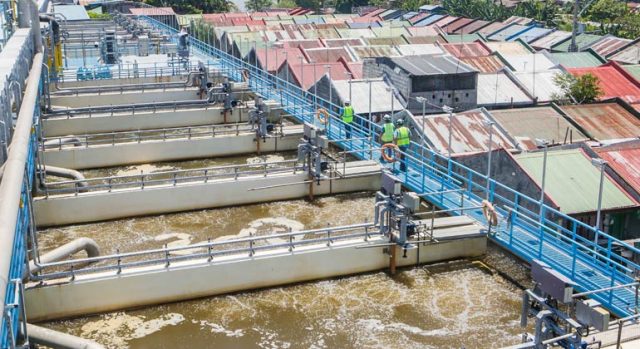Fruitas targets 200 community store count
FRUITAS Holdings, Inc. is aiming to further expand its community store network to reach 200 next year, the listed food and beverage kiosk operator said in a stock exchange disclosure on Friday.
The new target comes as the company achieved its goal of opening 100 community stores by 2021. Its 100th community store is under the Balai Pandesal brand and can be found in Parañaque City.
Fruitas announced its target of 100 community store opening in August 2020. Balai Pandesal, which it recently acquired, has also expanded to 33 outlets from five since June 2021.
Fruitas President and Chief Executive Officer Lester C. Yu said the community stores provide flexibility in the company’s operations especially with changing quarantine guidelines amid the ongoing coronavirus disease 2019 (COVID-19) pandemic.
“We are more accessible to customers residing or working nearby and the larger format stores also act as hubs for our delivery services,” Mr. Yu said.
Meanwhile, Fruitas said about 90% of its store network already reopened as of Oct. 22 after the recent reclassification of quarantine restrictions in the National Capital Region (NCR).
The company also mentioned that it is close to vaccinating 100% of its workforce and is expecting to vaccinate all employees before the end of the year.
“With over a thousand employees nationwide, Fruitas has vaccinated over 90% of its store personnel while 100% of commissary and head office personnel have received their COVID-19 vaccines,” the company said.
Mr. Yu said the company must ensure that its stakeholders are safeguarded against COVID-19 and any adverse effects it may cause, as well as keeping everyone in their household safe from the virus,
“As advocates of health and wellness, it is essential for us to provide a safe
environment to all our stakeholders while enjoying our healthy and fresh products such as Fruitas, Jamaican Pattie, Soy & Bean, Sabroso Lechon, and more,” he said.
On Friday, shares of Fruitas at the stock exchange rose 2.24% or three centavos to end at P1.37 apiece. — Revin Mikhael D. Ochave












